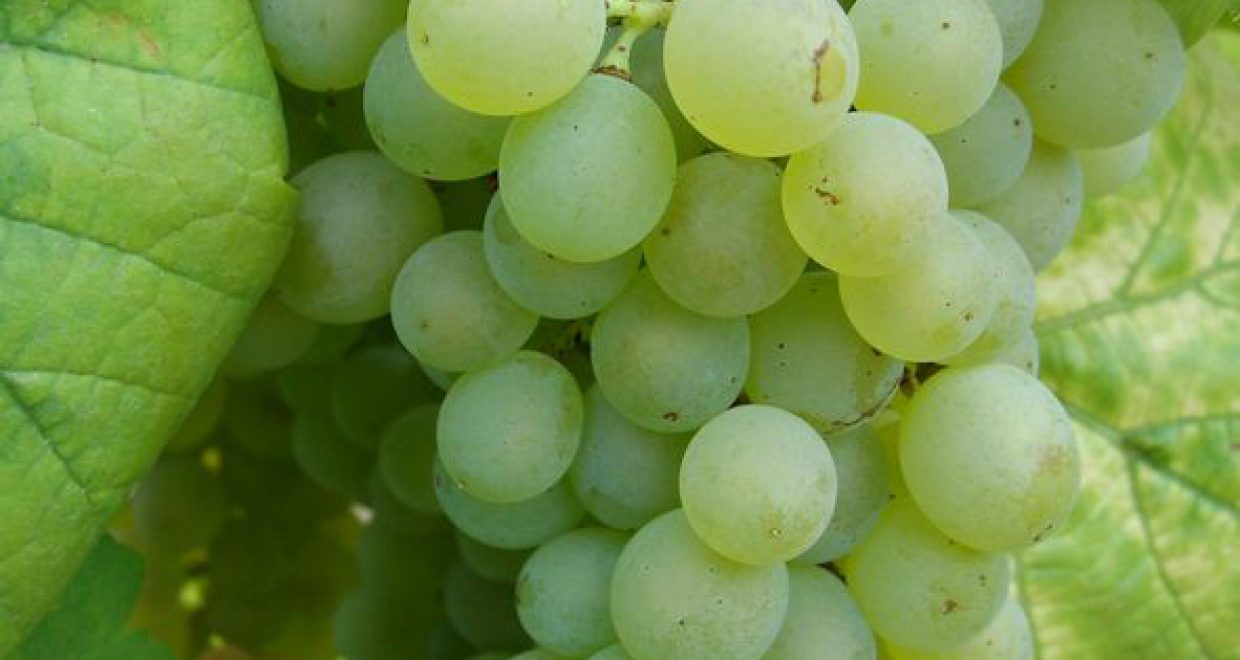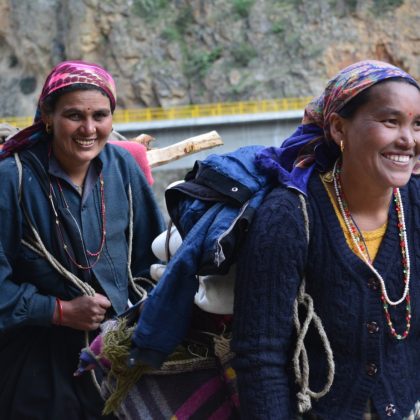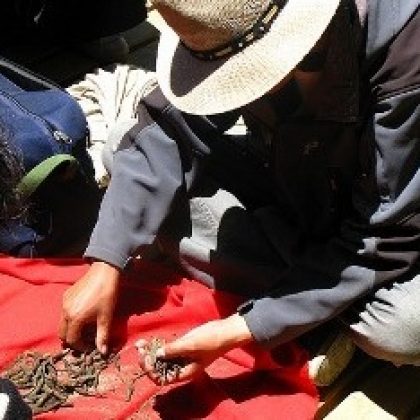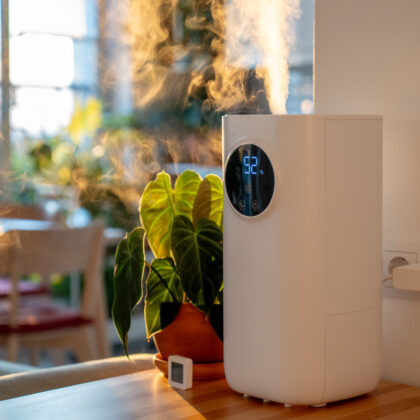Evaluation of Botrytis infection risk on grapevine
Grey mould, caused by the fungus Botrytis cinerea, is one of the major diseases that affects vineyards across the globe and is the cause of an important reduction in yield. Warm temperature and a high relative humidity favour the development of this pathogen. It can usually be prevented by winegrape growers with the systematic application of chemical fungicides following preset calendars based only on the grapevine growth stage. However, these applications do not respond to the real infection state of plants, since the existence of a plant disease absolutely requires the interaction of a susceptible vegetative growth stage to the pathogen, a virulent pathogen and favourable environmental conditions for disease development. This natural condition, called the disease triangle, is one of the main paradigms in plant pathology, and it should be considered to avoid excessive fungicide use that could have severe consequences for human and environmental health.
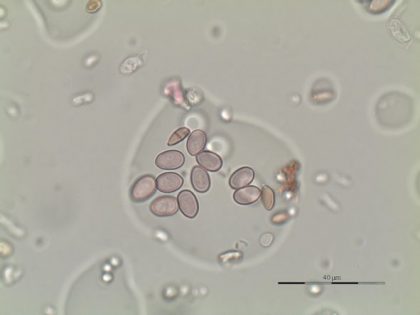
The aim of this study was to reduce Botrytis fungicide treatments by means of the factors that are associated with grey mould: i) identification of the grapevine phenological stage vulnerable to infection, ii) observation of spore levels considered as a pathogen biosensor, and iii) identification of suitable weather conditions based on Magarey model, which estimates the wetness duration required to reach a critical disease intensity.
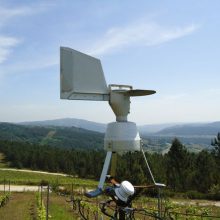
The combination of these factors describes fungal behaviour in relation to the environmental conditions of the vineyard agro-system and potentially identifies the optimal moments for fungicide application. It thus addresses the need for an effective monitoring system and the establishment of disease thresholds, aiming for an appropriate decision-support system for crop management guidance for disease control.
The proposed method resulted in a useful tool that could dynamically predict the main grey mould infection risk periods, using a threshold of 100 spores/m3 in the vineyard’s atmosphere and the possibility that favourable weather conditions enhance spore germination over the subsequent 4-6 days. This should provide a sufficiently long window for grape growers to apply the required chemical treatments prior to the appearance of Botrytis lesions on the crop. In the vineyard that was studied, a 25-35% reduction in number of fungicide treatments was achieved following the proposed method. This reduction promotes protection of both environmental and human health, a reduction in economic costs and the added advantage of an improvement in the products obtained. These are currently the most important challenges for winegrape growers, especially those associated with an appellation.
The article “Identification and evaluation of the main risk periods of Botrytis cinerea infection on grapevine based on phenology, weather conditions and airborne conidia“ by E. González-Fernández, A. Piña-Rey, M. Fernández-González, M. J. Aira and F. J. Rodríguez-Rajo was published in The Journal of Agricultural Science and is available free for a month.
Photo above: Treixadura cultivar bunch at harvest
